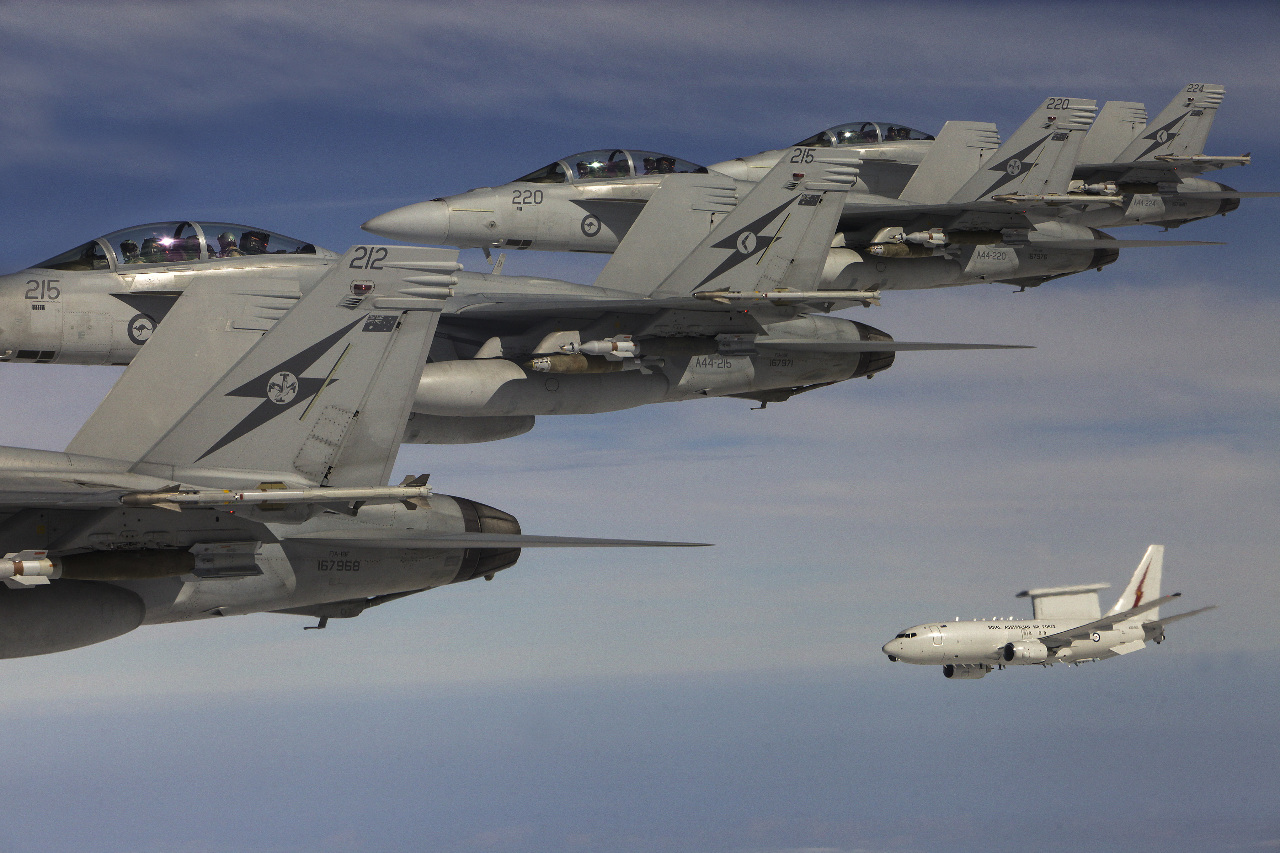Australia has announced a substantial increase in defence spending in support of the defence strategy outlined in the 2016 Defence White Paper. Funding will grow to 2% of Australia’s GDP by 2020-21, three years ahead of the Government’s 2013 election commitment.
The defence budget will rise from $32.4bn in 2016‐17 to $58.7bn in 2025‐26. The funding plan provides $29.9bn more for defence over the period to 2025-26 than previously planned, enabling approximately $195bn of new investment in defence capabilities during the period.
The White Paper is underpinned by an assessment of Australia's long-term strategic outlook, including key drivers that will shape the development of Australia’s security environment to 2035. These include the growth of China’s national power, including its military modernisation, which means China’s policies and actions will have a major impact on the stability of the Indo‐Pacific to 2035.
The White Paper also notes the increasing pace of military modernisation in the region and the fact that Asia’s defence spending is now greater than Europe’s. The document highlights the fact that, in the next 20 years, half of the world’s submarines and at least half the world’s advanced combat aircraft will be operating in Asia.
Concerning aerospace capabilities, around 25% of defence expenditure to 2025‐26 will be invested in maritime operations and anti‐submarine warfare capabilities as part of a significant regeneration of maritime capabilities. Key capabilities will include: seven additional P‐8A Poseidon maritime surveillance aircraft for a total of 15 aircraft by the late 2020s.
Around 9% of expenditure will go towards ISR, electronic warfare, space, and cyber capabilities. Key capabilities will include: enhanced intelligence collection and analysis through the acquisition of the MQ‐4C Triton unmanned surveillance aircraft and enhancements to the Jindalee Operational Radar Network; strengthened electronic warfare support to naval, air and land forces, including through the 12 E/A‐18G Growler electronic attack aircraft and a new long-range electronic warfare support capability based on the Gulfstream G550 airframe.
Around 6% of expenditure will be allocated to air lift capabilities, including two additional heavy‐lift C‐17A Globemaster III transport aircraft already acquired to complement the existing six C‐17A fleet (with consideration of further additional heavy lift aircraft at a later stage); two additional KC‐30A air‐to‐air refuelling aircraft for a total of seven aircraft (and a possible expandsion to nine aircraft in the longer term); and three additional CH‐47F Chinook heavy‐lift helicopters to complement previously planned CH‐47F Chinook heavy‐lift helicopters for a fleet of 10 aircraft.
Around 17% of expenditure will be invested in strike and air combat capabilities. Key capabilities will include: 72 F‐35A Lightning II Joint Strike Fighters to enter service from 2020 to replace the current fleet of 71 F/A‐18A/B Classic Hornets; 12 EA‐18G Growler electronic attack aircraft to enter service from 2018; new air‐to‐surface, air‐to‐air and high‐speed and long‐range strike and anti‐ship weapons; and strengthened command and control, integrated air and missile defence, and situational awareness capabilities to support strike and air combat operations.

